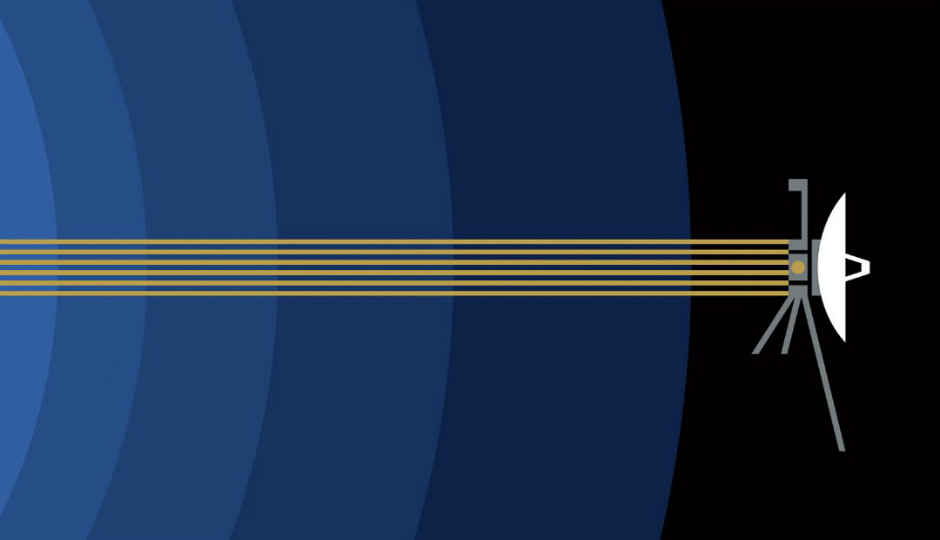NASA’s Voyager 2 enters interstellar space

Voyager 2 is now slightly farther than 11 billion miles from Earth.
NASA’s Voyager 2 probe has finally made it to the interstellar space and is now the second human-made object to reach the space between the stars. NASA's Voyager 2 probe has now exited the heliosphere, which is a protective bubble of particles and magnetic fields created by the Sun, and is slightly farther than 18 billion kilometers (which is 11 billion miles, or more than 118 times the distance from the Earth to the Sun) from Earth.
According to NASA, the mission operators can still communicate with Voyager 2 as it enters into a new phase of its journey. However, information – moving at the speed of light – takes about 16.5 hours to travel from the spacecraft to Earth, the US space agency notes. By comparison, light traveling from the Sun takes about eight minutes to reach Earth. The probe crossed the outer edge of the heliosphere on November 5. This outer edge is called the heliopause and this is where the tenuous, hot solar wind meets the cold and dense interstellar medium. Its twin, Voyager 1, crossed this boundary in 2012.
The Voyager 2 carries a working instrument that is said to provide first-of-its-kind observations of the nature of this gateway into interstellar space. “Working on Voyager makes me feel like an explorer, because everything we're seeing is new. “Even though Voyager 1 crossed the heliopause in 2012, it did so at a different place and a different time, and without the PLS data. So we're still seeing things that no one has seen before,” said John Richardson, Principal Investigator for the Plasma Science Experiment (PLS) instrument.
While the probes have left the heliosphere, Voyager 1 and Voyager 2 are yet to leave the solar system and won't be leaving anytime soon either. The boundary of the solar system is considered to be beyond the outer edge of the Oort Cloud, a collection of small objects that are still under the influence of the Sun's gravity. NASA says that it will take about 300 years for Voyager 2 to reach the inner edge of the Oort Cloud and possibly 30,000 years to fly beyond it. Voyager 2 was launched in 1977, 16 days before Voyager 1. Both spacecrafts have travelled beyond their original destinations. They were built to last five years and conduct close-up studies of Jupiter and Saturn.
Digit NewsDesk
Digit News Desk writes news stories across a range of topics. Getting you news updates on the latest in the world of tech. View Full Profile





